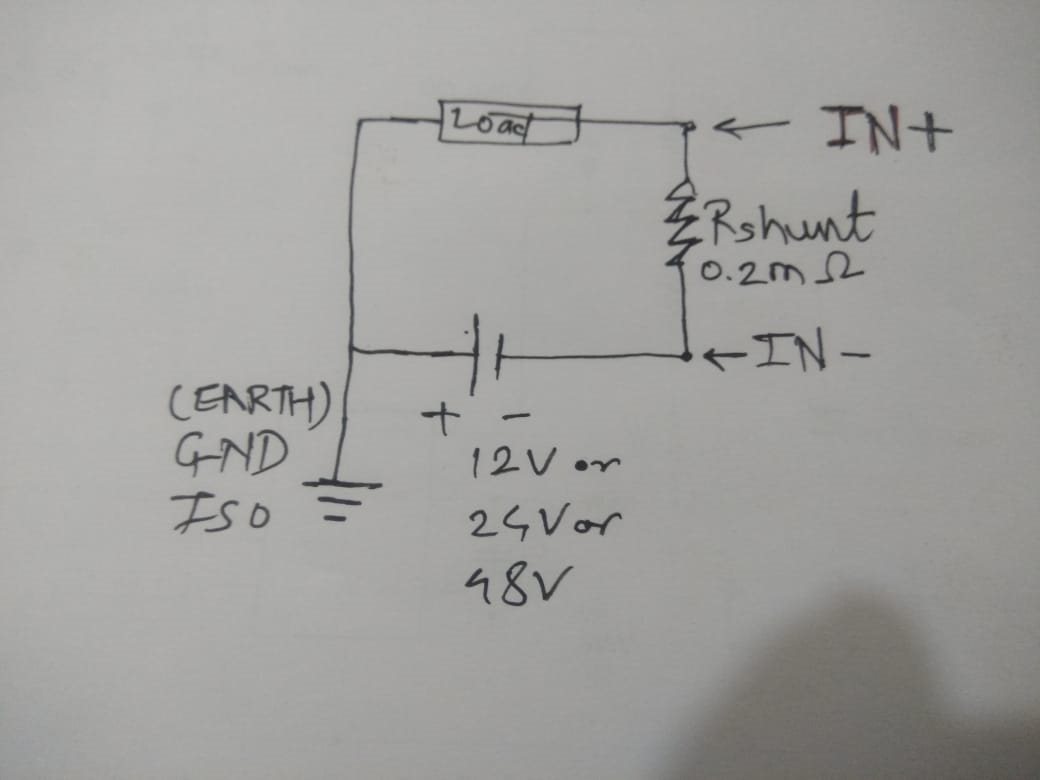I am using INA226 for -48 v telecom bus high current measurement so that Rshunt used is 0.2mohm 1% for testing purpose I am using -12V supply for with 24 ohm resistor load. voltage drop across Rshunt for 0.500mA current should be 0.1mV but INA226 detecting Shunt voltage is 0.140V and for -24V 24 ohm resistor load voltage drop across Rshunt for 1A current should be 0.2mV but INA226 detecting 0.270mV due to this I am getting wrong current values in current register. I am setting Calibration reg 2055 and current LSB is 0.01245117 and max current expected is 408.60A for given Rshunt 0.2mOhm.
-
Ask a related question
What is a related question?A related question is a question created from another question. When the related question is created, it will be automatically linked to the original question.



